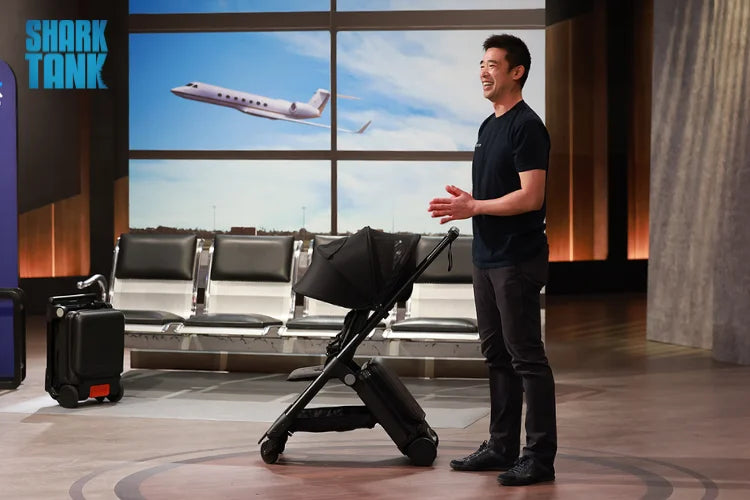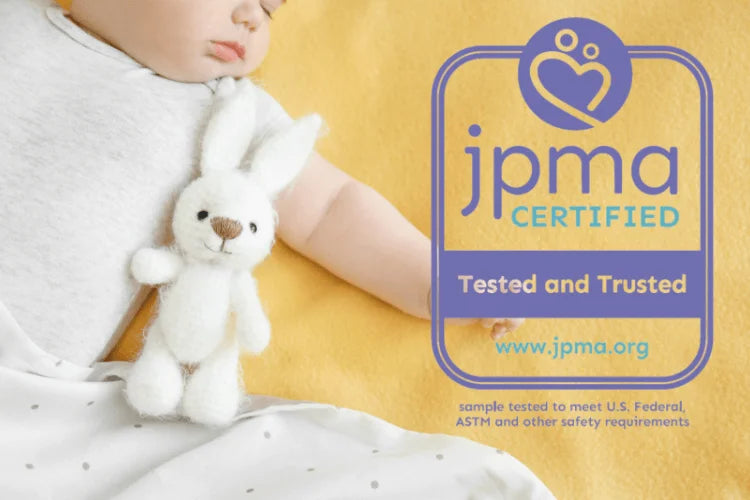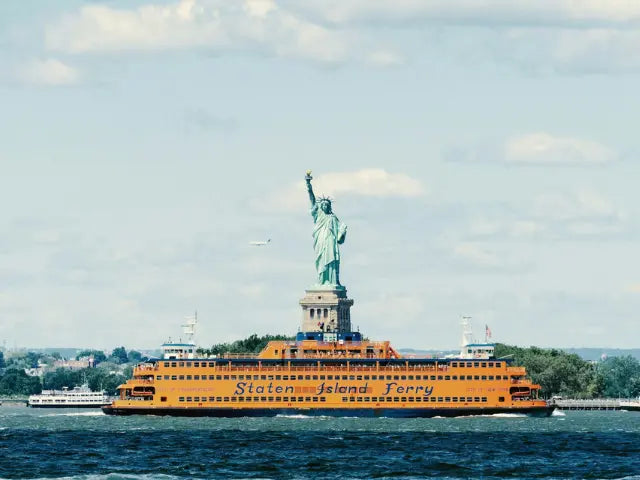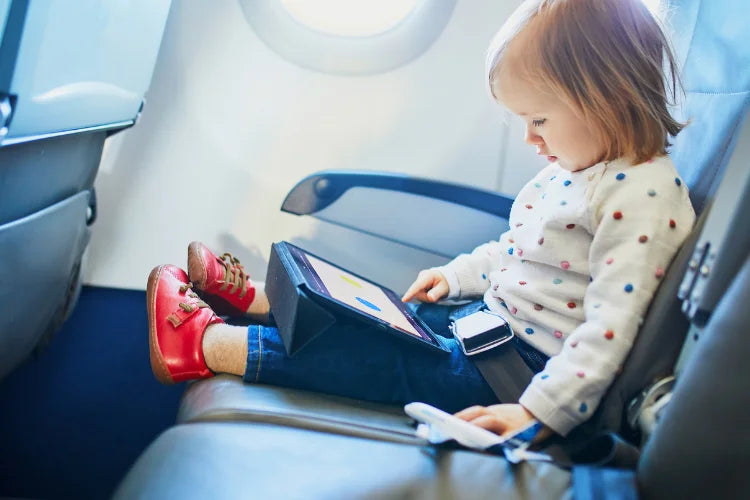If you are a parent planning to fly with a young child, you have likely encountered strollers marketed with labels like "FAA Approved," "TSA Approved," or "Airline Approved." These terms suggest an official government endorsement, implying a product is uniquely certified for air travel. However, this is a common misconception. The truth is, no government agency or international body officially certifies strollers for air travel. These labels are marketing language, and understanding the reality behind them is the key to a stress-free trip.
This guide will demystify the roles of key aviation authorities and show you what actually matters when flying with a stroller.
The Misleading Labels: What the FAA, TSA, and IATA Don't Do
The widespread use of these "approved" labels stems from a misunderstanding of what each organization does. Here is a breakdown of their actual roles and why strollers are not within their scope of certification.
The Federal Aviation Administration (FAA)
The FAA is the United States' primary civil aviation authority, and its mission is to ensure the safety of air travel and the airworthiness of aircraft. When it comes to child safety devices, the FAA does have a specific and important role: it certifies certain child restraint systems (CRSs), such as car seats, for in-flight use.
An FAA-approved car seat is certified for use on an aircraft because it is an in-flight safety device used during takeoff, landing, and turbulence. These devices must bear a label confirming they are "certified for use in motor vehicles and aircraft".
Strollers, on the other hand, are never used during flight. They are considered baggage or mobility aids, not in-flight safety devices. Because of this fundamental difference, the FAA has no regulations that specifically address the design or marketing of strollers for air travel.
For more information on FAA-approved car seats, read here.
The Transportation Security Administration (TSA)
The TSA is responsible for security screening at airport checkpoints. The "TSA Approved" label is particularly misleading, as it simply means the product is easy to screen. All luggage, including strollers and car seats, must undergo screening, either by X-ray or a physical inspection.
When you go through the checkpoint, you will be asked to remove your child from the stroller so you can both walk through the metal detector. The stroller is then treated like any other item; it must be placed on the X-ray belt. If it is too large, TSA officers will conduct a visual and physical inspection. These screening procedures do not constitute an official product "approval." The TSA's main concern is security, not the product's design.
The International Air Transport Association (IATA)
IATA is a trade association that represents the world's airlines, not a regulatory body. It is dedicated to promoting safe, secure, and efficient air travel and provides guidelines for its member airlines. While IATA sets general guidelines for baggage, including a recommended carry-on size, it is each airline that sets its own specific policies. A stroller's compatibility with IATA's general guidelines is a sign of good design, but it is not a certification.
Your Airline is the Only Authority That Matters
The ultimate authority on whether you can bring your stroller on board is your specific airline. They have the final say on whether it can be carried on, gate-checked, or checked at the ticket counter. These policies can vary based on:
-
The fare class you purchased.
-
The aircraft you are flying on.
-
Whether your flight is domestic or international.
Many airlines will allow you to check a stroller and a car seat for free at the ticket counter or the gate. Some airlines may allow certain collapsible strollers to be carried on board and stored in the overhead bin or a closet, as long as they fit within the airline's carry-on dimensions. Keep in mind that gate agents have discretion, and even with a policy, a crowded flight with no cabin space may require you to gate-check your stroller.
For more information on traveling with a stroller, read here.
Choosing the Right Stroller for Your Trip
Instead of looking for a mythical "approved" label, focus on a stroller's design and features that are genuinely beneficial for air travel. Look for a "travel stroller" or "compact stroller" designed with these key attributes in mind:
-
Compact Fold: The ability to fold down to a size that fits within typical carry-on dimensions is crucial for using the overhead bin.
-
Lightweight: A light stroller is easier to carry through the airport and lift into an overhead compartment.
One of the best options that combines these features is the TernX luggage travel stroller. It's designed by parents, for parents who love to travel. Made with German-quality materials and an award-winning, intuitive design, the TernX is user-friendly. The TernX is specifically engineered to meet the carry-on size requirements of most airlines, allowing it to fit seamlessly into the overhead compartment. It can be put away in seconds, making it a hassle-free solution for getting through daily routines and weekend getaways. The stroller also features an integrated luggage compartment, providing ample storage for your child's essentials while on the go. The TernX is not just about convenience; it is built for comfort and safety. Its seat is designed to be very comfortable and can recline and be raised to grow with your child. The stroller has also undergone rigorous international safety testing to ensure it meets high standards. The TernX is effective not because it holds a special certification, but because its design aligns with what airlines permit and what traveling parents truly need.
Read here for more information on the best stroller for flying.
The Clear Takeaway: Plan Smart, Travel Confidently
The "FAA Approved Stroller" is a myth, but it is one you can easily navigate. By understanding that your airline is the sole decision-maker for your stroller, you can avoid stress and surprises. Before your next flight:
-
Check Your Airline's Website: Locate their specific policy on strollers.
-
Measure Your Stroller: Ensure its folded dimensions and weight comply with your airline's carry-on or gate-check limits.
-
Pack Smart: Opt for a stroller designed for travel, with a compact, easy-to-use fold.
By following these simple steps, you can confidently travel with your family, knowing that your gear is not just "approved" by a marketing label, but is genuinely compliant with the rules of your airline.














